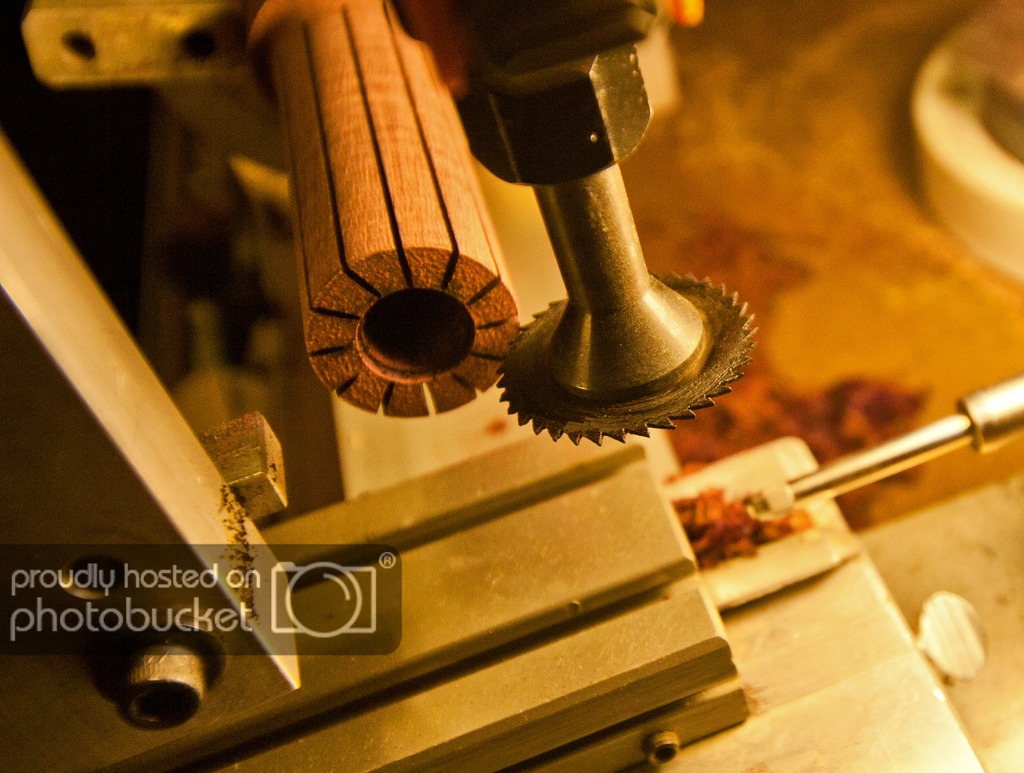seht
Member
I have been trying and struggling and failing to improve my segmented blanks.
I have been trying a lot of things by hand. I don't have the power tools or supplies necessary to put out precise pieces.
I was wondering what you would consider as your must have tools?
Also is there a good source for inlay or layering materials. Nothing I seem to find locally matches the cuts from my table saw or my hand miter saw. The cut is either too big or the material is too small and doesn't fit well.
I have tried the aluminum cans, plastic card stock and I have some copper sheet and some brass rods all of which produced pens but they are very crude IMO.
I have seen pens with what I would consider complex cuts that I could not achieve by hand. How are those accomplished. lamination in diamond pattern etc.
I know I kind of ramble but I don't know where to start. I want to up my pen game but I need the most bang for my buck so to speak.
Where to start?
Thanks,
Scott
I have been trying a lot of things by hand. I don't have the power tools or supplies necessary to put out precise pieces.
I was wondering what you would consider as your must have tools?
Also is there a good source for inlay or layering materials. Nothing I seem to find locally matches the cuts from my table saw or my hand miter saw. The cut is either too big or the material is too small and doesn't fit well.
I have tried the aluminum cans, plastic card stock and I have some copper sheet and some brass rods all of which produced pens but they are very crude IMO.
I have seen pens with what I would consider complex cuts that I could not achieve by hand. How are those accomplished. lamination in diamond pattern etc.
I know I kind of ramble but I don't know where to start. I want to up my pen game but I need the most bang for my buck so to speak.
Where to start?
Thanks,
Scott

